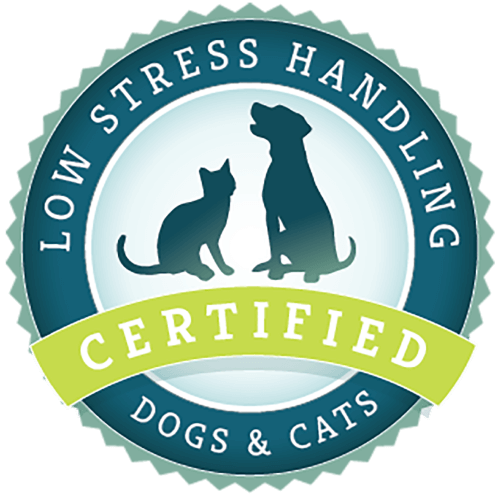What article are you looking for?
Category: Dogs
Gentle Leader Head Collar: Reinforcement or Punishment?
broc A reader who uses Gentle Leader head collars regularly in training recently asked me about the use of the head collar. States the reader, “I have gotten myself totally confused and need help sorting it out. What category of operant conditioning does the head collar use fall under? Negative punishment? Positive reinforcement? Negative Reinforcement? Positive punishment?” You might think that being able to correctly determine the category of operant conditioning is just a scientific exercise; however, it’s much more than that. For instance, say you read an ad for a product that says it uses negative reinforcement to stop
Which Types of Collars and Harnesses are Safe for Your Dog?
Dogs come in to the veterinary hospital and to our various handling labs wearing a variety of collars and harnesses. While all of these collars and harnesses are sold online or in stores, some are not necessarily healthy or safe for all dogs. In this article, I provide a summary of the pros and cons of some of the various collars and harnesses for dogs. Rolled or flat collars Martingales Choke chains Pinch collars Front-attaching harnesses: Easy Walk Harness, Walk-in-Sync Harness, Freedom Harness. Head halters: Gentle Leader, Snootloop Flat and Rolled Collars Flat Collar Flat collars provide an easy
The Learn to Earn Program: Implementing the Program
In the last blog, I presented an overview and the reasons behind my version of the Learn to Earn Program. In this blog I will cover the basic steps. #1 First Teach Your Dog to Automatically Say Please By Sitting for Treats (Read Perfect Puppy in 7 Days, section 5.2 and watch Say Please By Sitting). Just hold a treat when you have a hungry dog (on leash) and quietly wait for her to sit. Once she sits, immediately give her a treat (kibble or treats) followed by a few more sequentially for remaining seated. Then take a few steps backwards, far
The Learn to Earn Program: Developing Leadership in Humans and Impulse Control in Dogs
Humans can develop the needed communication skills while training dogs to have self-control and emotional control in one fun, reward-based program called the Learn to Earn Program. In this program, humans gain leadership by controlling all the resources that motivate the pet and requiring the pet willingly work for these items instead of getting them for free. The focus is on using all valued resources to reward desirable behaviors while simultaneously removing the rewards for undesirable behavior.
New Puppy Owners Apply Training Principles to Teach New Behaviors
You’ve all heard the saying, “Give a man a fish and feed him for a day, Teach a man to fish and feed him for a liftetime.” This saying holds true for training animals and understanding pets. Instead of just memorizing techniques, people have shown it’s essential to understand learning principles which you can apply to many situations. That way you can come up with solutions to situations that are new to you and your dog and can also better determine which techniques may be more appropriate. One new puppy owner, a reader of the Art and Science of Animal Behavior
MannersMinder (Treat & Train®) Helps Solve Resource Guarding with Other Dogs
When I created the Treat & Train® (originally called MannersMinder), in 2004, it was marketed as a product to train dogs to lie down calmly when visitors come to the door. However, my intention was that trainers would help owners use it for all kinds of situations where they could reward dogs for good behavior while the owners were away from them. Luckily both trainers and owners are catching on and using it for issues ranging from separation anxiety, agility, impulse control issues, and more. In this blog, one dog owner, Juanita Boutwell from Napa, California, recounts her success in using the Treat

Low Stress Handling® Silver-Level Certification
Individual Certification at this level demonstrates to clients and employers the individual’s dedicated interest in Low Stress Handling®. Hospital Certification at this level demonstrates to clients and staff the hospital’s commitment to appropriately training staff in Low Stress Handling® methods.
Learn More
